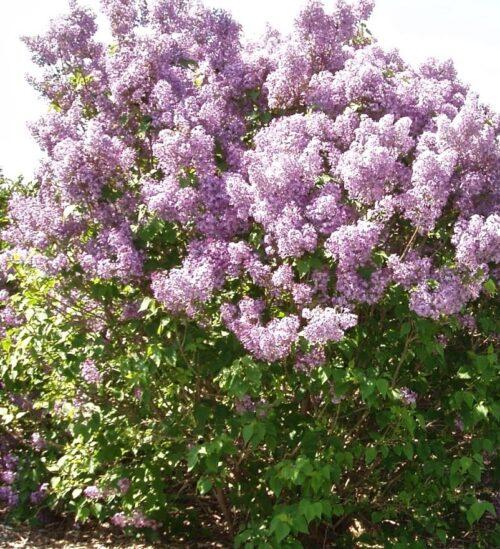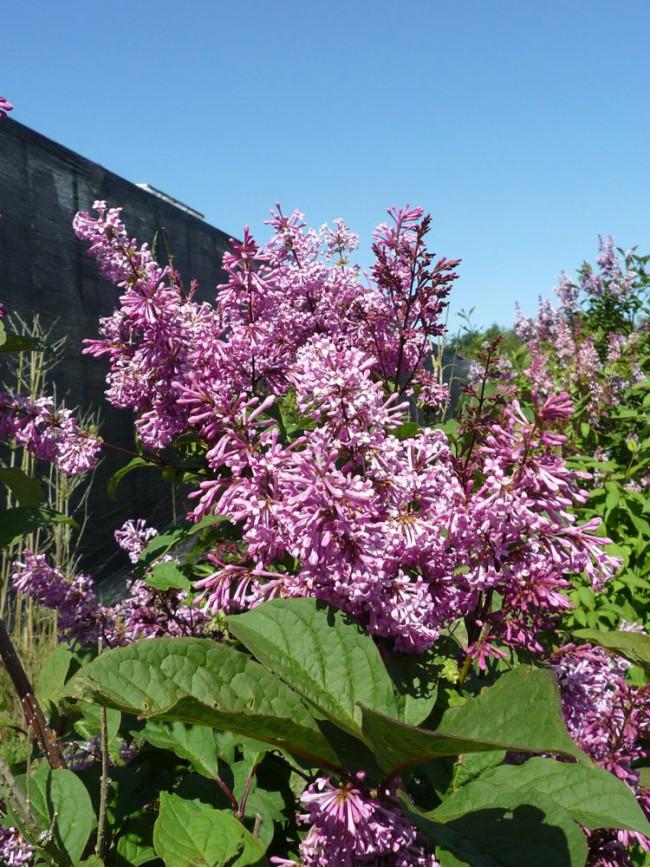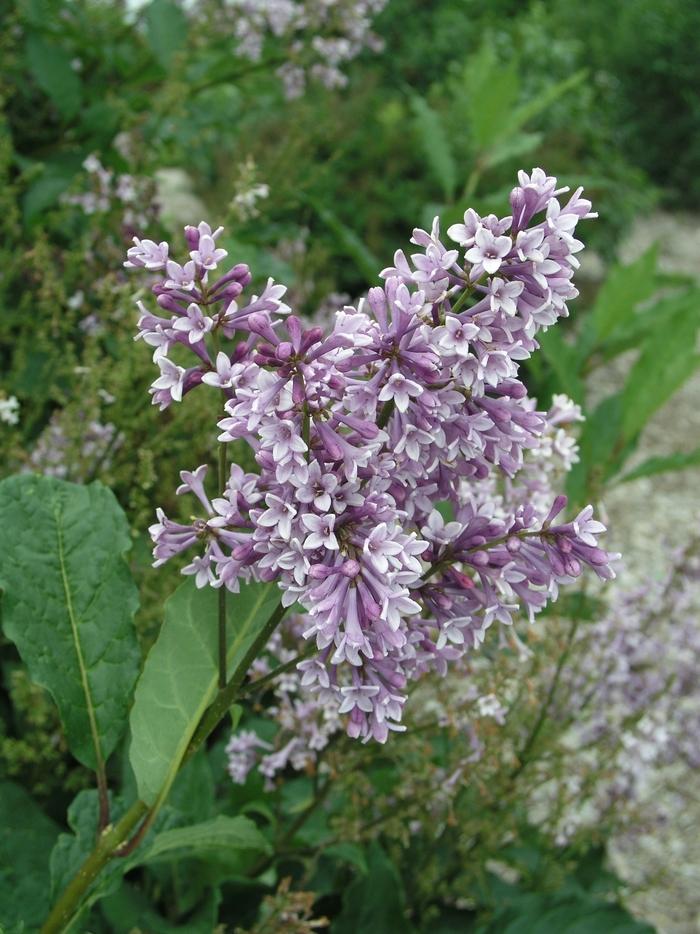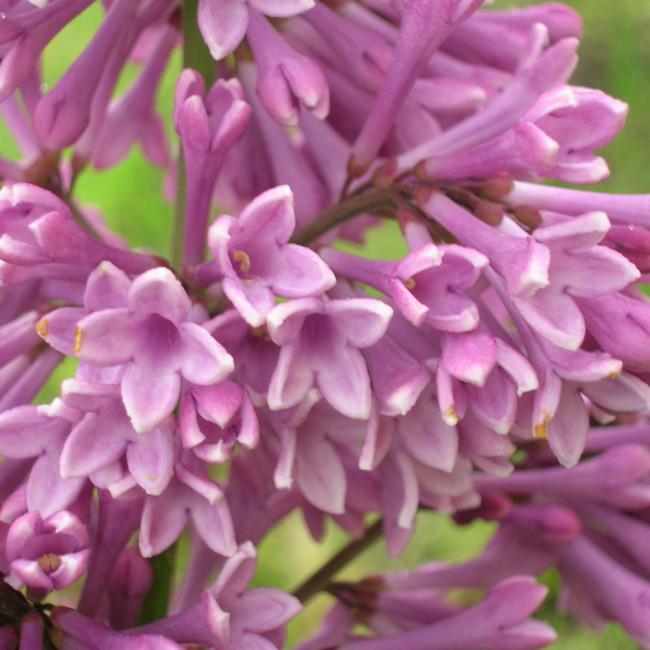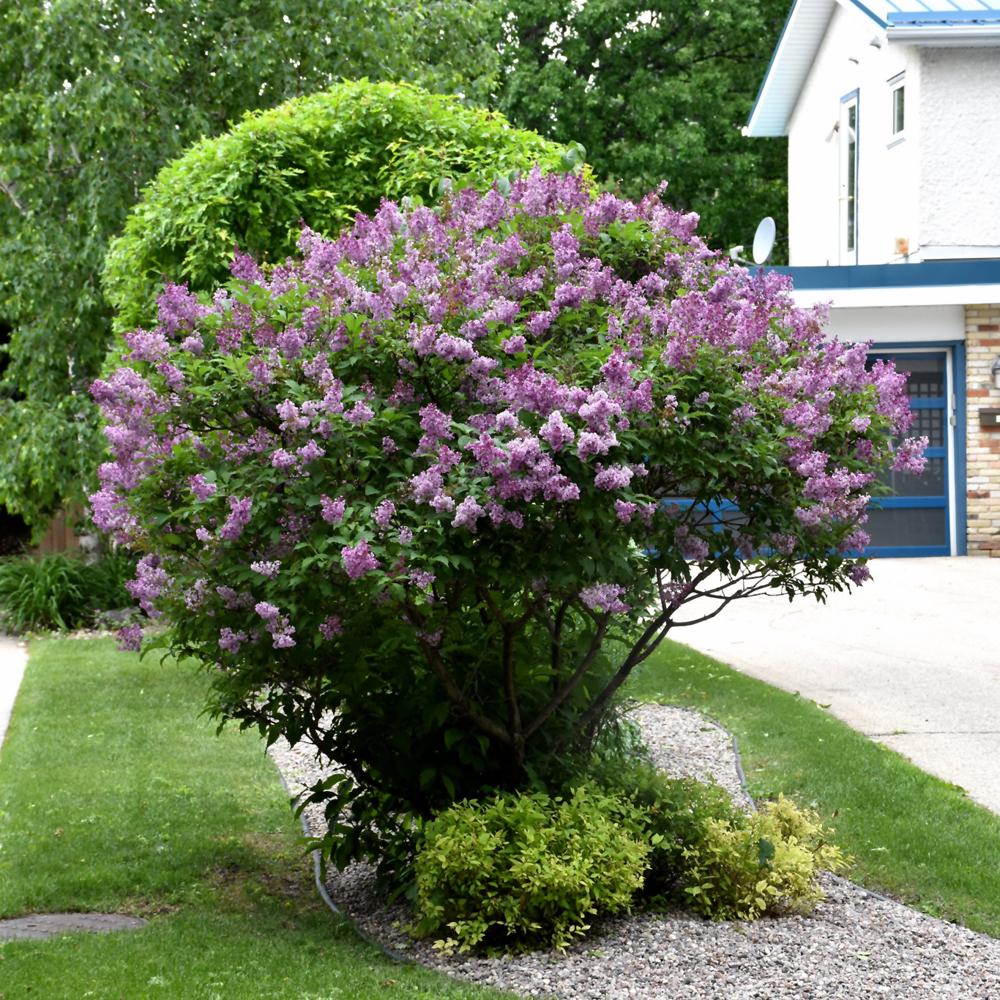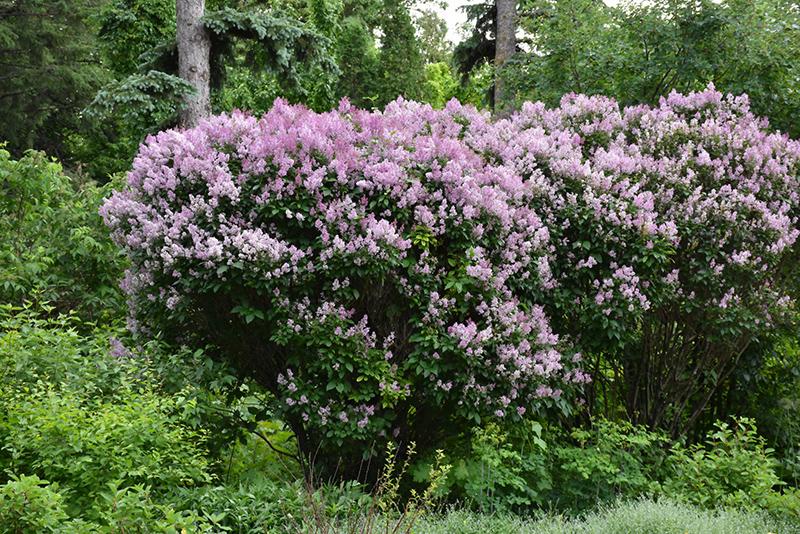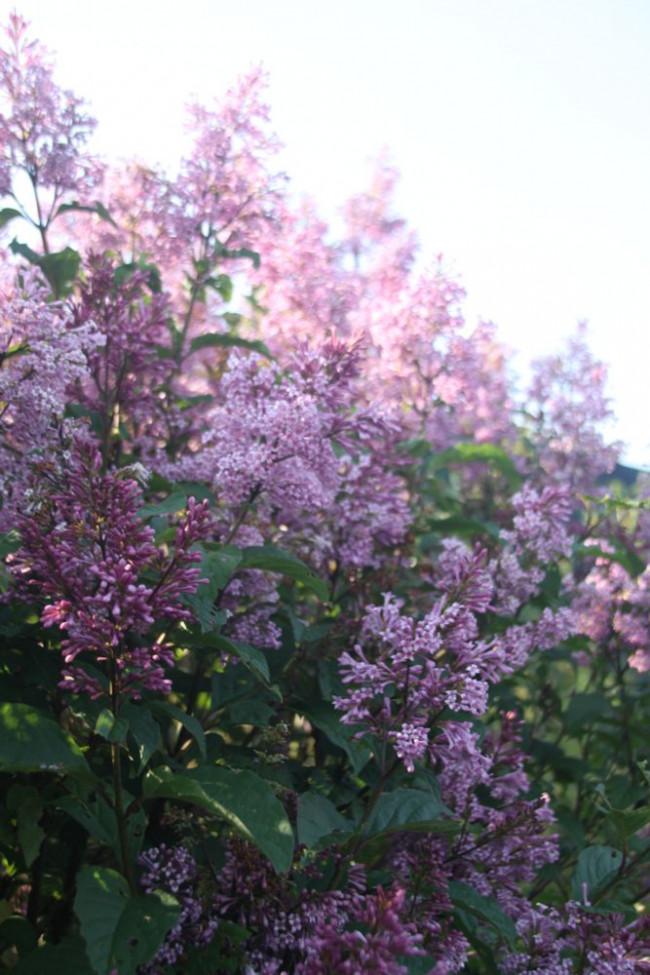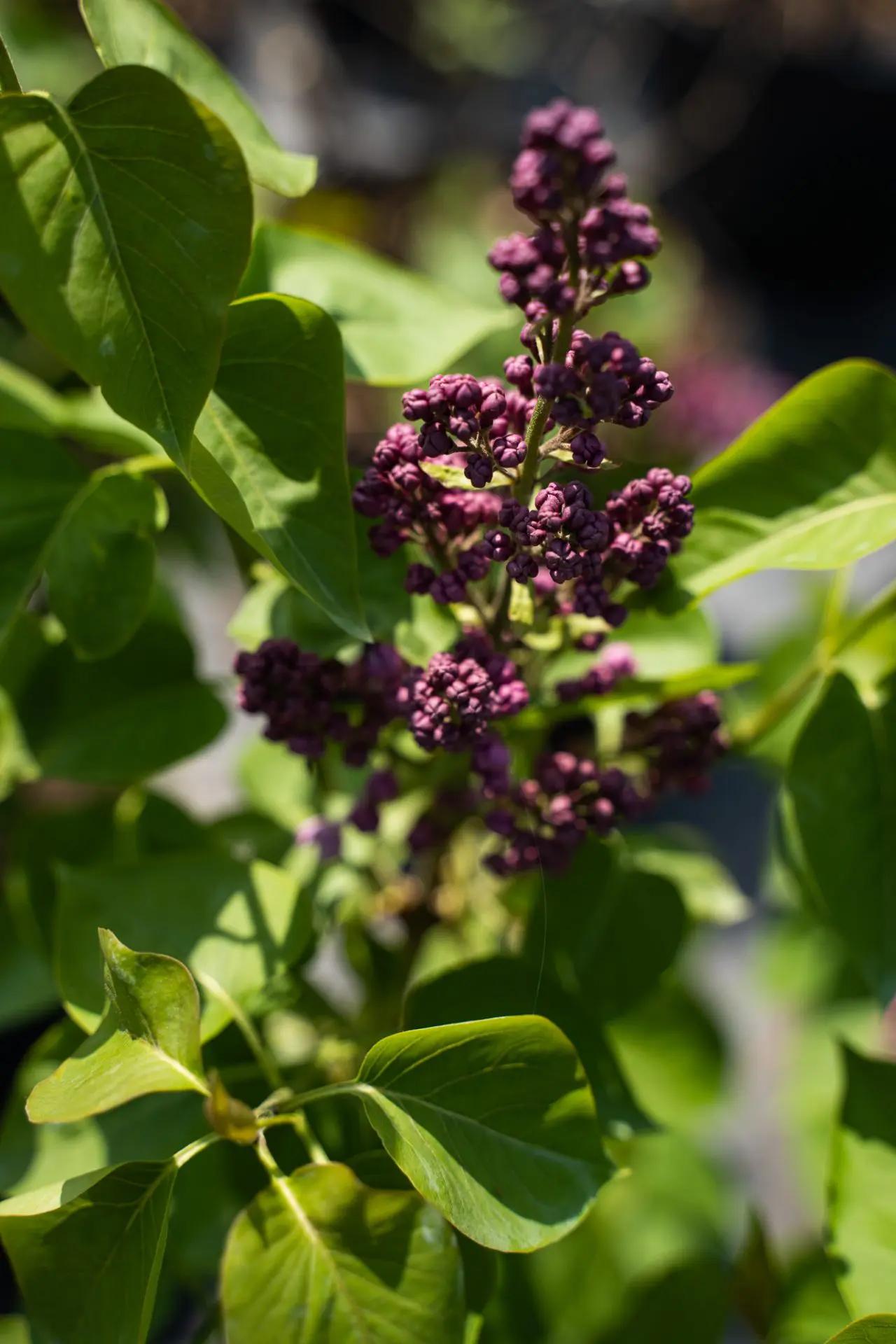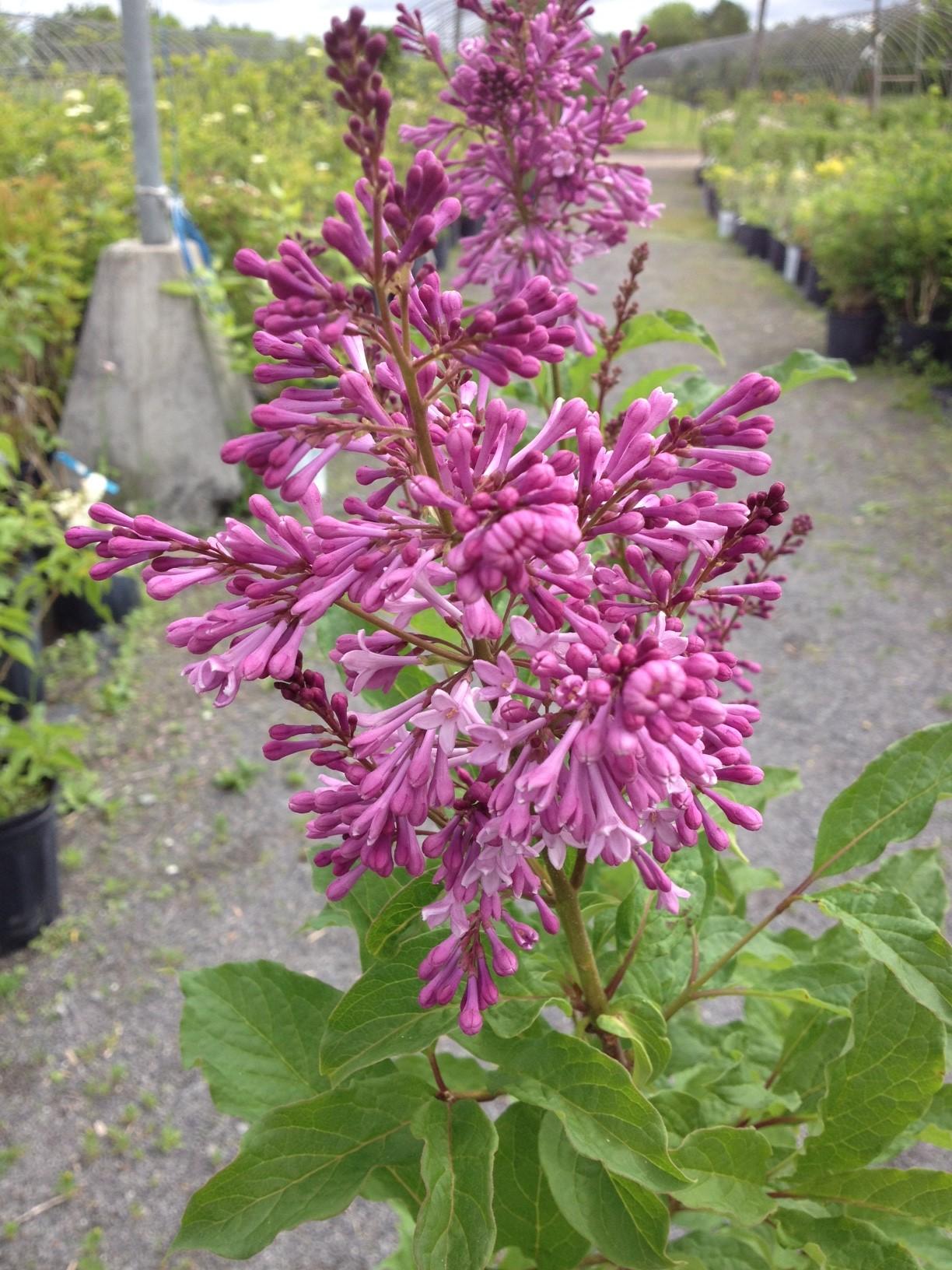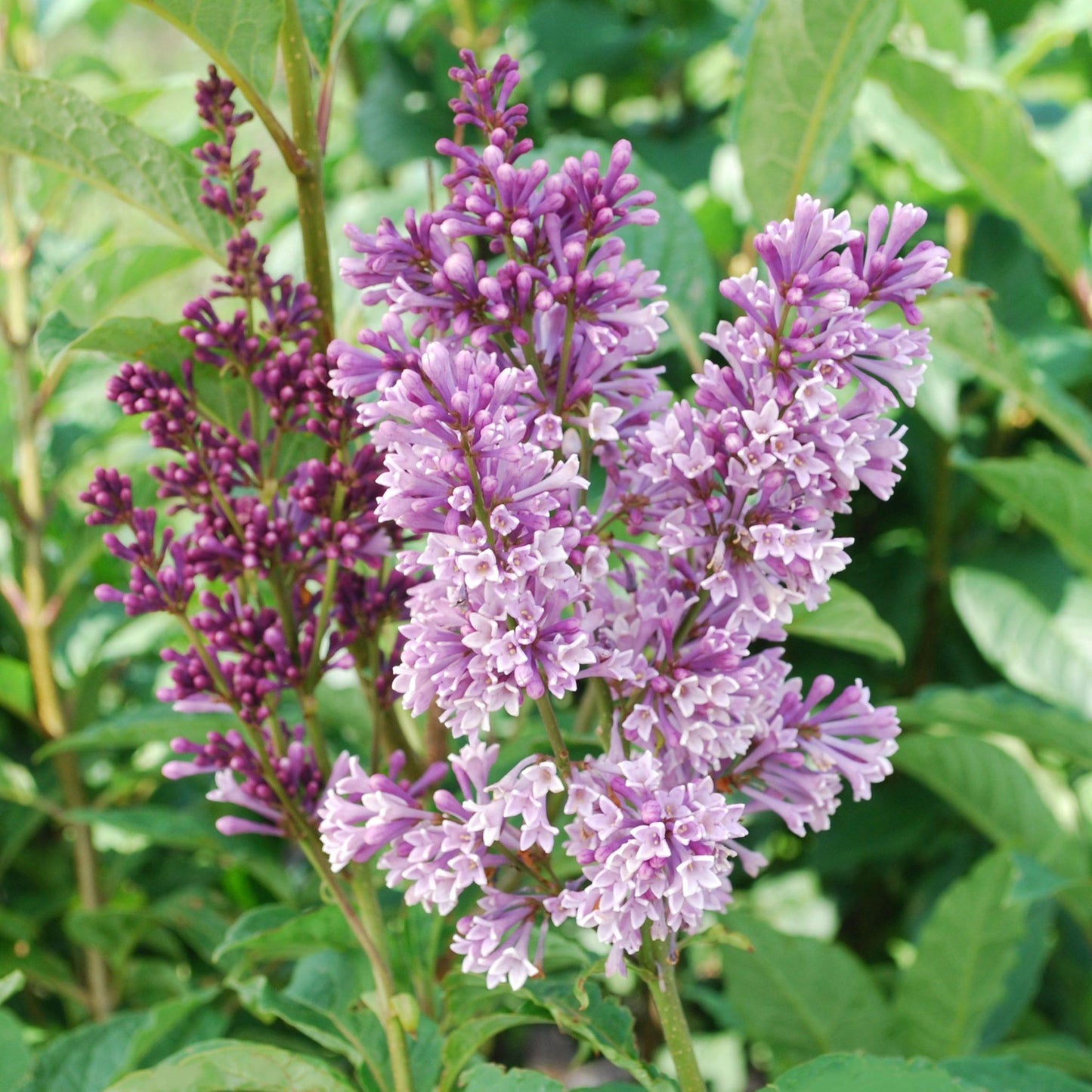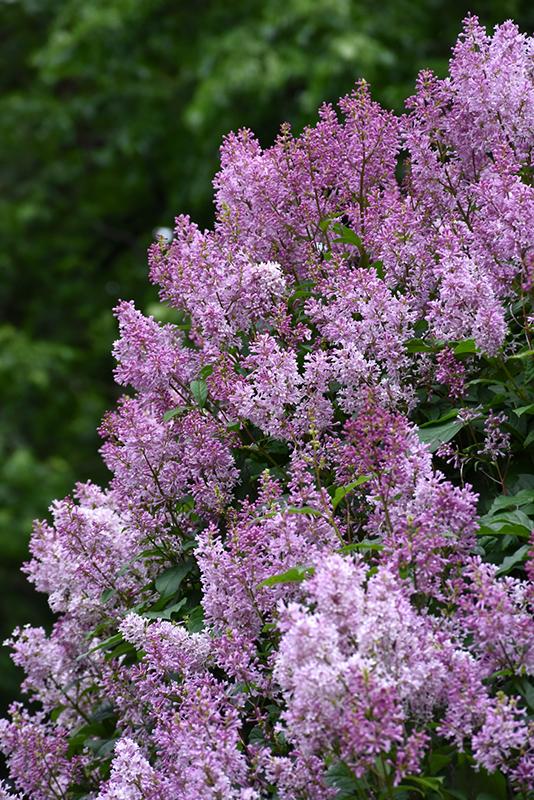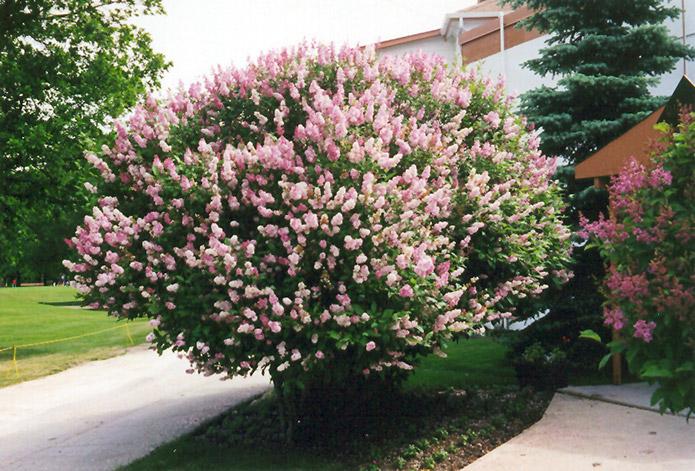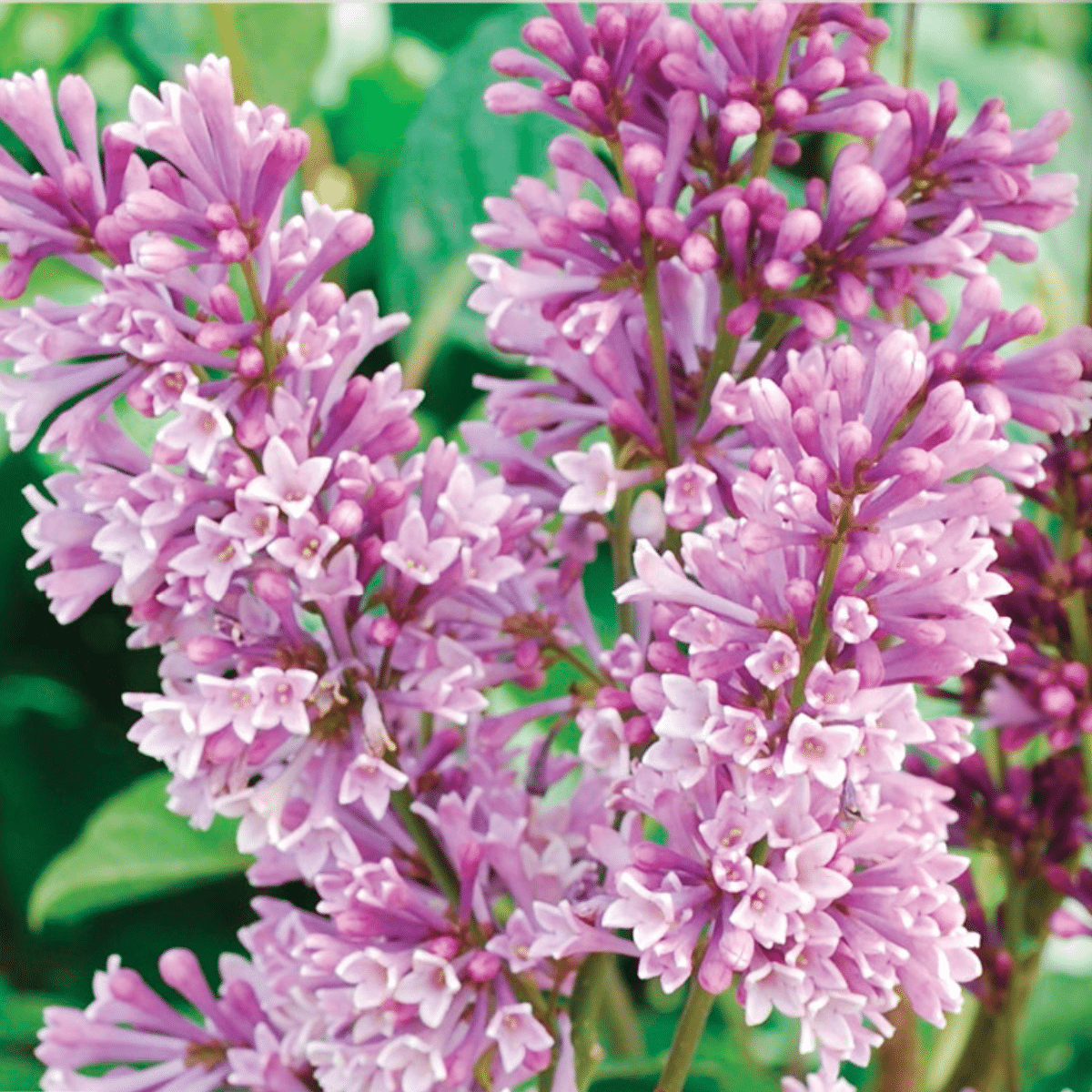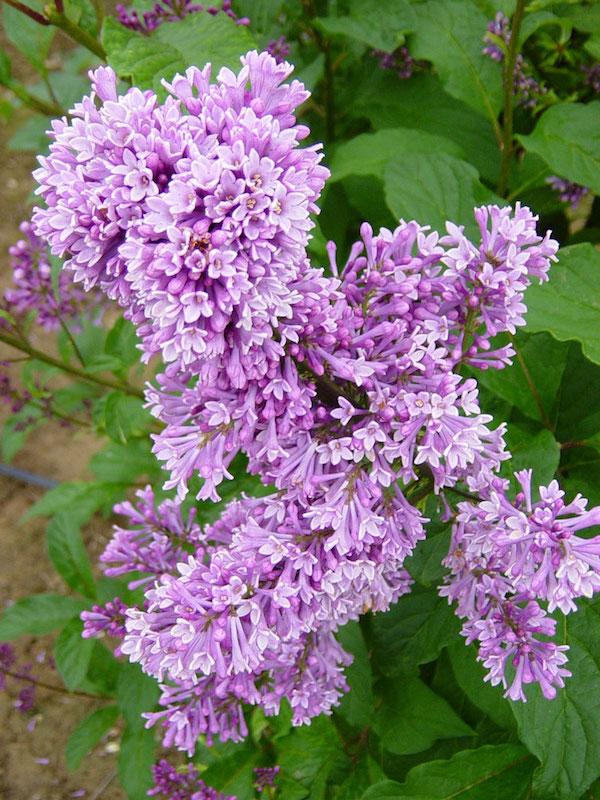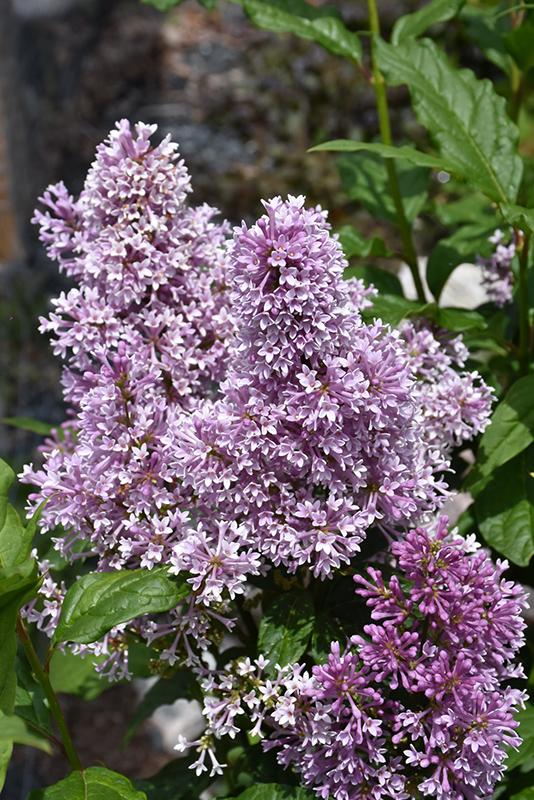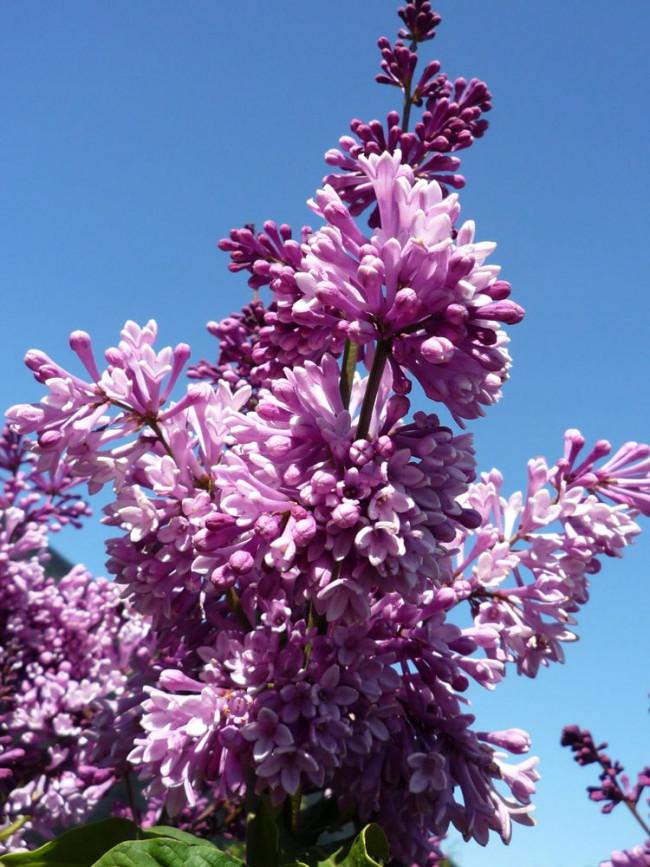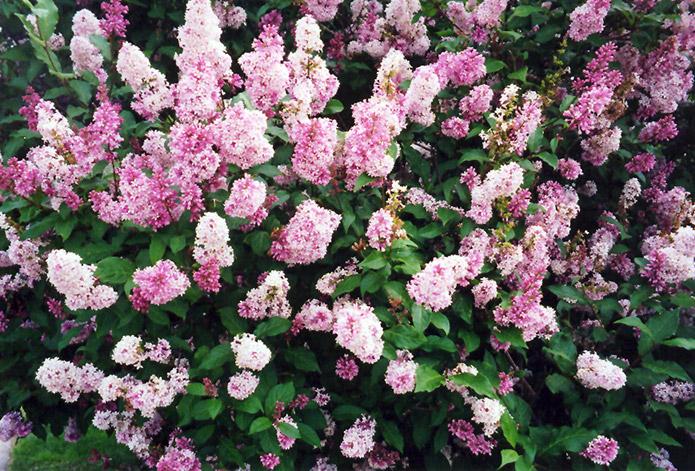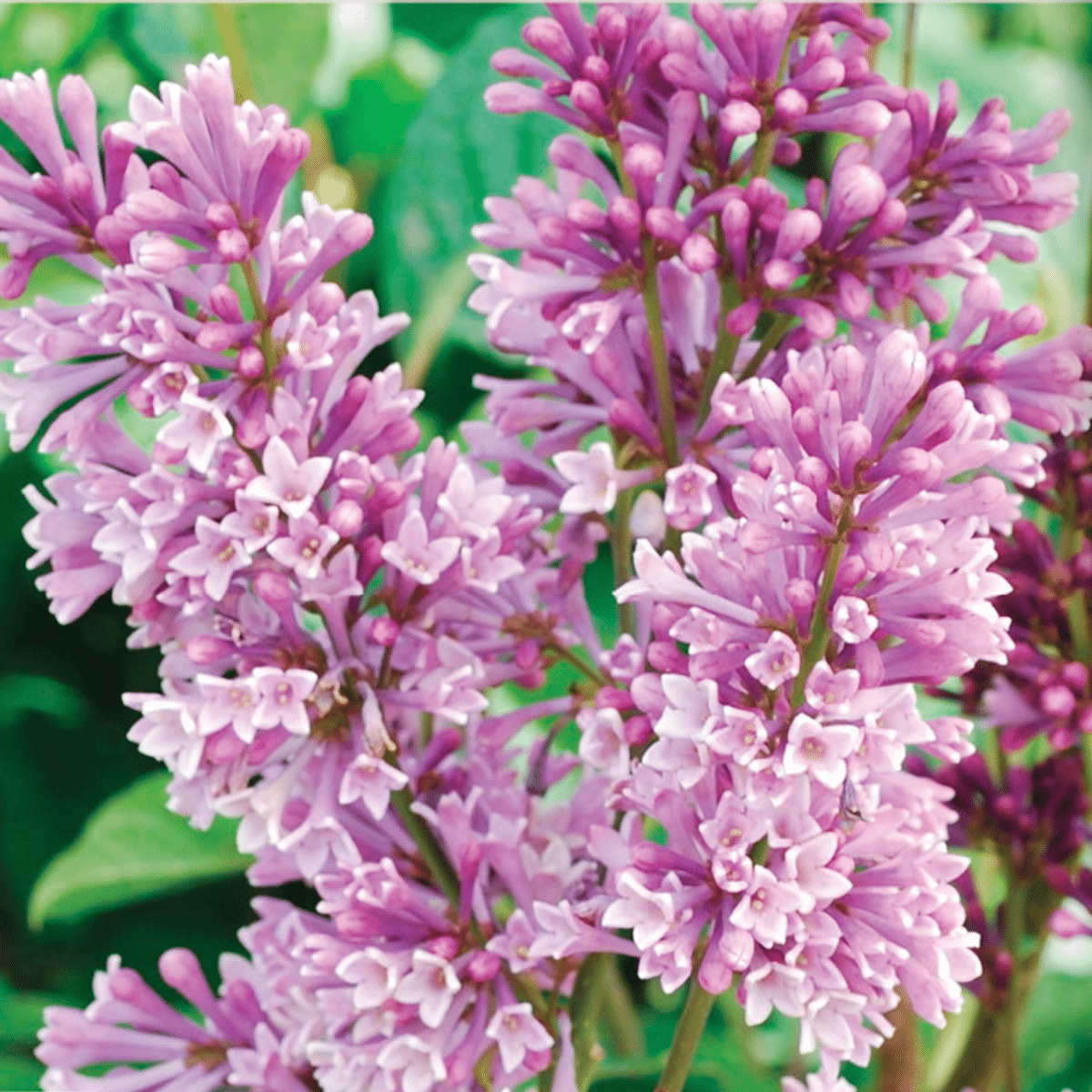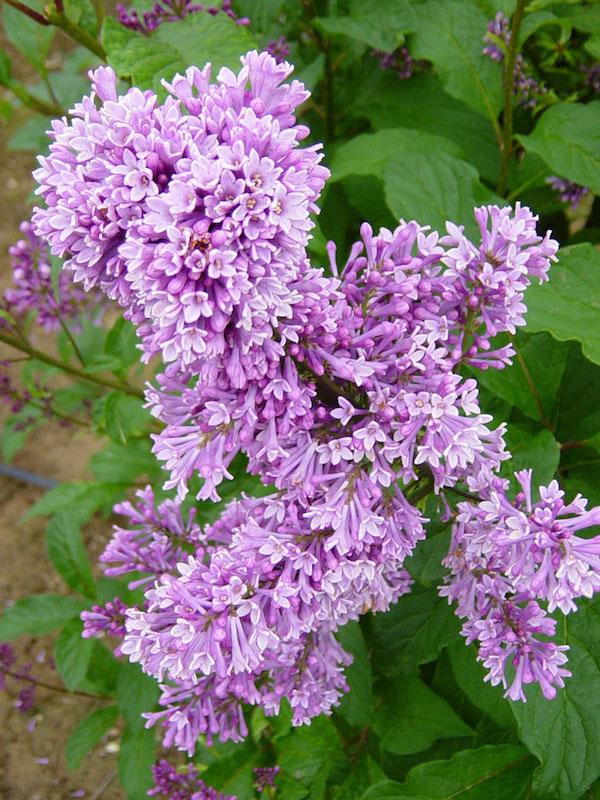1
/
of
21
Syringa prestoniae 'Donald Wyman'-Fragrant blooms-Hardy shrub 5/6' h B&B
Syringa prestoniae 'Donald Wyman'-Fragrant blooms-Hardy shrub 5/6' h B&B
Regular price
$1,280.00 USD
Regular price
$1,664.00 USD
Sale price
$1,280.00 USD
Unit price
/
per
Shipping calculated at checkout.
SKU:nsf0715-redcrocus
Couldn't load pickup availability
Syringa prestoniae 'Donald Wyman'
Description
The 'Donald Wyman' Preston Lilac is a deciduous shrub known for its stunning, fragrant blooms and hardy nature. It features large clusters of pinkish-lavender flowers that appear in late spring, providing a beautiful display in any garden. This lilac is a hybrid, developed for its cold hardiness and resistance to common lilac diseases.
Suggested Uses
This lilac is ideal for use as a specimen plant, in mixed borders, or as part of a flowering hedge. Its fragrant blooms make it perfect for cutting gardens, and it attracts pollinators such as butterflies and bees.
Plant Details
-
 Botanical Name: Syringa prestoniae 'Donald Wyman'
Botanical Name: Syringa prestoniae 'Donald Wyman' -
 Common Name: Donald Wyman' Preston Lilac
Common Name: Donald Wyman' Preston Lilac -
 Size & Growth: 8-10 feet tall and wide
Size & Growth: 8-10 feet tall and wide -
 Hardiness Zones: 3-7
Hardiness Zones: 3-7 -
 Foliage Type: Deciduous
Foliage Type: Deciduous -
 Bloom Time: Late spring
Bloom Time: Late spring -
 Growth Rate: Moderate
Growth Rate: Moderate -
 Light Requirements: Full sun to partial shade
Light Requirements: Full sun to partial shade -
 Attracts Pollinators: Yes
Attracts Pollinators: Yes -
 Indoor Friendly: No
Indoor Friendly: No -
 Container Friendly: No
Container Friendly: No -
 Deer Resistant: Yes
Deer Resistant: Yes -
 Pet Warning: Non-toxic
Pet Warning: Non-toxic -
 Fragrant: Yes
Fragrant: Yes -
 Cut Flower: Yes
Cut Flower: Yes -
 Grows Well With: Roses, Peonies, and other sun-loving perennials
Grows Well With: Roses, Peonies, and other sun-loving perennials
Care Tips
-
 Planting Instructions: Plant in well-drained soil in a sunny location
Planting Instructions: Plant in well-drained soil in a sunny location -
 Soil Moisture: Keep soil evenly moist but not waterlogged
Soil Moisture: Keep soil evenly moist but not waterlogged -
 Soil Type: Prefers loamy, well-drained soil
Soil Type: Prefers loamy, well-drained soil -
 Humidity: Tolerates average humidity levels
Humidity: Tolerates average humidity levels -
 Pruning Instructions: Prune after flowering to maintain shape and encourage new growth
Pruning Instructions: Prune after flowering to maintain shape and encourage new growth -
 Winter Care: Mulch base in colder regions to protect roots
Winter Care: Mulch base in colder regions to protect roots -
 Planting Depth: Plant at the same depth as in the nursery pot
Planting Depth: Plant at the same depth as in the nursery pot -
 Fertilization: Fertilize in early spring with a balanced fertilizer
Fertilization: Fertilize in early spring with a balanced fertilizer -
 Special Care: Avoid overhead watering to prevent fungal diseases
Special Care: Avoid overhead watering to prevent fungal diseases
Share

